
Bitcoin is something entirely new that never existed before, so understanding why people get so excited about it can be difficult. It’s common to explain Bitcoin in relation to something else, like “digital gold”, or like “decentralized PayPal”, but those comparisons can minimize the utility of Bitcoin, and delay understanding how it could completely change the world we live in.
When you start with the wrong mindset, it can prevent you from understanding what Bitcoin really is.
Here are six of the most difficult concepts in Bitcoin to understand, as I see them. Of course, you’ll notice that this list leaves off any of the coding and mathematics involved. I think we can all agree that’s pretty hard stuff, and that stuff is above my pay grade at this point. Instead, these concepts are mostly to do with the conceptual side of Bitcoin as a money.
6 Difficult Bitcoin Concepts Worth Understanding
1. Bitcoin Allows You To Send Real Value Over The Internet
Personally, this my favorite one, because it’s easy to explain.
When you buy something online, most people don’t think much about it. You type in your credit card info, and a few days later the money comes out of your bank.
The question to ask here is, how does the money go from my bank account to the person selling the stuff?
When you buy something online, you are not physically taking dollars, stuffing them into your computer, and shooting them over the internet. There’s a network of private companies like Visa and your bank which facilitate that transaction. Though you’re able to instantly buy the thing, the actual money being settled doesn’t happen that fast.
Without trust between Visa, your bank, and their networks, online shopping wouldn’t be possible. You can’t send real dollar money through the internet without these middlemen.
Bitcoin is different.
Bitcoin lives on the internet. Bitcoin is a unit of value which has no physical form. This unit of digital value can be sent over the internet and settled between two people without a middleman.
Most people have never thought about how online shopping works. Actually, it’s a network of IOUs between trusted banks and companies that allow this to happen. You use your credit card (IOU to the bank), then the bank issues a credit to the seller’s bank (another IOU), then that bank allows the seller to withdraw the money. The seller’s bank trusts your bank, and your bank trusts you.
The settling of the physical dollars happens behind the scenes. It’s convenient to buyers, but it also has some tradeoffs.
One tradeoff is that these middlemen can stop your transactions. Both Visa and your bank can make value judgements on what you can do with your money. It doesn’t happen a lot, but it’s something to consider.
The other is financial privacy. Visa and your bank see every transaction you make. They can send you offers based on this activity, or just sell the data.
Another one is that although this is convenient for buyers, it’s inconvenient for sellers, who have to wait a long time for transactions to settle and have to deal with clawbacks from customers. Banks often side with buyers, meaning sellers must calculate clawbacks into the price of their items, making everything more expensive!
On the other hand, when you send a bitcoin transaction, that’s final. It’s done. You send the money, and the person receives it. A new Bitcoin block is mined every 10 minutes and is considered irreversible after 6 blocks, so at most, you have to wait 60 minutes to use that money. Many times, you can use it faster, depending on how you’re interacting with your bitcoin. For example, I can send bitcoin to my Cash App wallet, then resend somewhere else it after just a few minutes.
Final settlement is fast, and there is no middleman to stop your transaction or collect your data.
The tradeoff here is that if you send a transaction mistakenly, there’s no customer service hotline to call. If you are unsatisfied with the thing you bought, you have to deal with the company directly for a refund. You can’t call Chase and tell them to reverse the transaction.
The main thing to understand here though is that you’re sending value through the internet, person-to-person. In my opinion, the fact that there’s no physical settlement layer of bitcoin in the real world is a tough concept to wrap your head around!
Related Content
2. Bitcoin Is A One-Time Invention
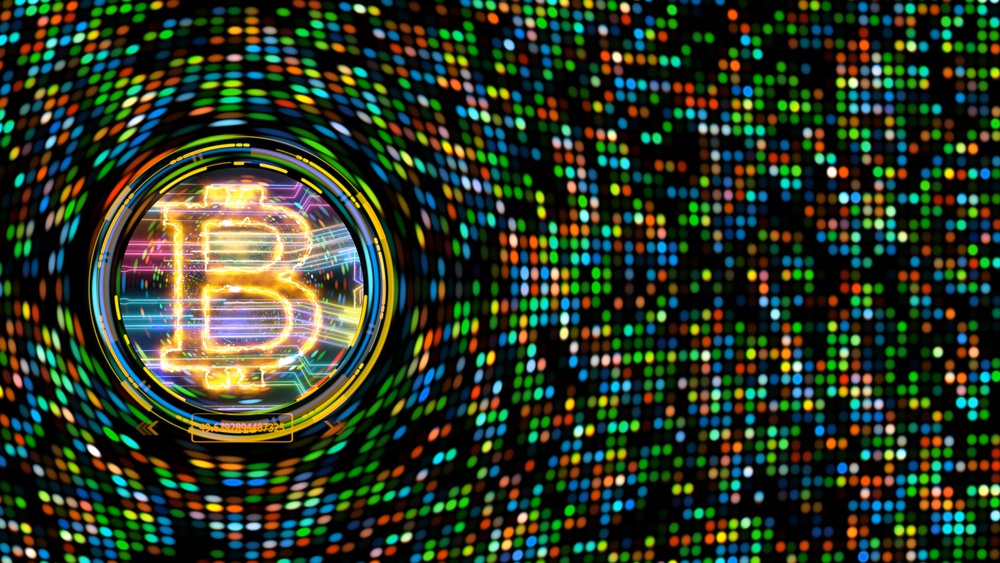
The price of bitcoin has run up from $0.01 to $50,000 over the span of 12 years, and many predict that it will continue to rise to $100,000 and beyond. If you bought just $100 worth of bitcoin back in 2010, you’d be a multi-millionaire, right? Buying $100 at $50k will only get you $200 even if it reaches $100k.
This idea of missing the “easy money” in Bitcoin is why so many people are searching for the next Bitcoin. Everyone wants to take a guess at which coin is going to be the next one to run up 10,000x and birth a new round of crypto millionaires. That’s why exchanges like Coinbase, Kraken, or Binance are so popular. They are basically crypto casinos, where people place bets on which coin is going to rise or fall in price.
Bitcoin is different.
Bitcoin was created to be peer-to-peer money, and it’s been laser focused on that mission for 12 years. It was the first time that trustless, digital scarcity was invented. Part of its success is due to the fact that it was able to grow from a vulnerable, infant cryptocurrency with minimal threat of hackers, speculators, and governments.
Now, everyone knows what crypto is. Everyone’s heard of Bitcoin. There’s a whole crypto ecosystem, and all that comes along with it.
In other words, the environment in which Bitcoin was born can never be recreated. The world has changed since then, so there can never be another Bitcoin exactly like the one we have now.
But what if a new coin comes along which is faster, cheaper, and better? Is that even possible?
Let’s look at why bitcoin has value.
The main reason bitcoin has value is that it allows you to send money to anyone in the world without permission. That is achieved by having a globally distributed system of nodes and miners to construct blocks and validate transactions. No one single party has full control of the network. Over 10 years, the network has grown to more than 10,000 nodes to validate bitcoin transitions.
Bitcoin miners are located in every country in the world. A bitcoin miner could be a person in their home stacking sats with a single S9, a private corporation in North America with 1000+ miners mining ten bitcoin a day, or a South American government using state owned geothermal energy to support their Bitcoin economy.
How long do you think a new coin would take to achieve that level of infrastructure and decentralization? Why would anyone already enjoying the Bitcoin experience risk their money on a new, unproven coin? Would someone who has their life savings in Bitcoin YOLO into a position of a “new project” coin worth $0.01 which has only been around for 2 years?
It’s easy to forget, that when Bitcoin was first invented, it was fragile! There were not 10,000 nodes and thousands of miners protecting the network. Only a few cypherpunks, hackers, tech enthusiasts showed interest in Bitcoin, and it grew organically from there. Anyone, at any point before 2012 could have spent a few hundred thousand dollars and just bought up all the bitcoin.
It didn’t happen that way though. So here we are.
Aside from the impracticality of there actually being a next bitcoin, the concept doesn’t even make sense.
You can’t invent digital scarcity twice.
There was no Bitcoin, then there was Bitcoin. Bitcoin was the invention of digital scarcity. If you create a new coin which is also digitally scarce, then you just reinvented Bitcoin. What would be the point? I think most people are likely to stick with the original Bitcoin!
3. Bitcoin Is Perfectly Scarce & Infinitely Divisible
The idea of bitcoin having a hard cap limited supply yet being infinitely divisible trips up even the biggest brains of our time. For a few months, there was a great running joke in the bitcoin space about one single pizza pie being able to feed the entire world if you sliced it enough times. The joke originated from a bitcoin critic who claims that because you can infinitely divide bitcoin, it’s no longer a scarce resource.
That meme originated from a vocal critic of Bitcoin Frances Coppola. Her critique is rooted in the semantics of the word “scarce”. She claims that because you can subdivide a bitcoin as many times as you like, it’s no longer scarce. Everyone can have bitcoin since everyone can buy a satoshi. Therefore, it’s not a scarce resource, like water in the desert.
In an interview later on she stated that knew Bitcoin was limited, but simply meant that it wasn’t “scarce”. What she fails to acknowledge is that semantics aside, the limited supply is one thing that what makes bitcoin valuable. Just because someone is able to acquire and spend a satoshi, that doesn’t mean they own an equal amount of satoshis as someone with a whole bitcoin.
Conversely, she also seems to think that there aren’t enough sats to go around, and if the world moves to a Bitcoin standard, some people will be left without money. She fears that as the price of bitcoin rises, new users will be “priced out”, unable to buy even a single satoshi.
The point she misses here is that even sats can be subdivided into millisatoshis, and if need be we could subdivide it further. Of course, if we get to the point where sats are so expensive that we need to divide them even further, a full bitcoin would be worth quite a lot more – maybe 10 million USD or more, but that’s the point.
Bitcoins is made of satoshis. Satoshis are made of millisatoshi. The utility of a millisatoshi doesn’t diminish because someone owns a bunch of them, which are collectively called a bitcoin. A bitcoin is just a collective measure of lots of millisatoshi. The subunits function the same.
That would be an interesting world to live in though! Did you know that in the early years of Bitcoin, you could actually receive FREE BITCOIN at a Bitcoin Faucet simply by filling out a captcha form. Of course, those bitcoins are now worth hundreds of thousands of dollars. Similarly, you can now receive FREE SATS, simply by playing various games online, or as rewards for debit card and credit card programs.
For example, I use the Fold Card (affiliate link). When I signed up, I received 20,000 satoshis just for getting the card. Collectively, I earned over 500,000 sats through various rewards. 10 years in the future, those could be worth hundreds of thousands of dollars, and we’d repeat the process with msats, and so on.
The idea that Bitcoin is finite, but infinitely divisible is really something to think about, and when it clicks for you, it’ll become clearer why Bitcoin is a great system of money to use for the world in this digital age.
4. Proof-of-Work Mining Connects The Real World To The Digital World
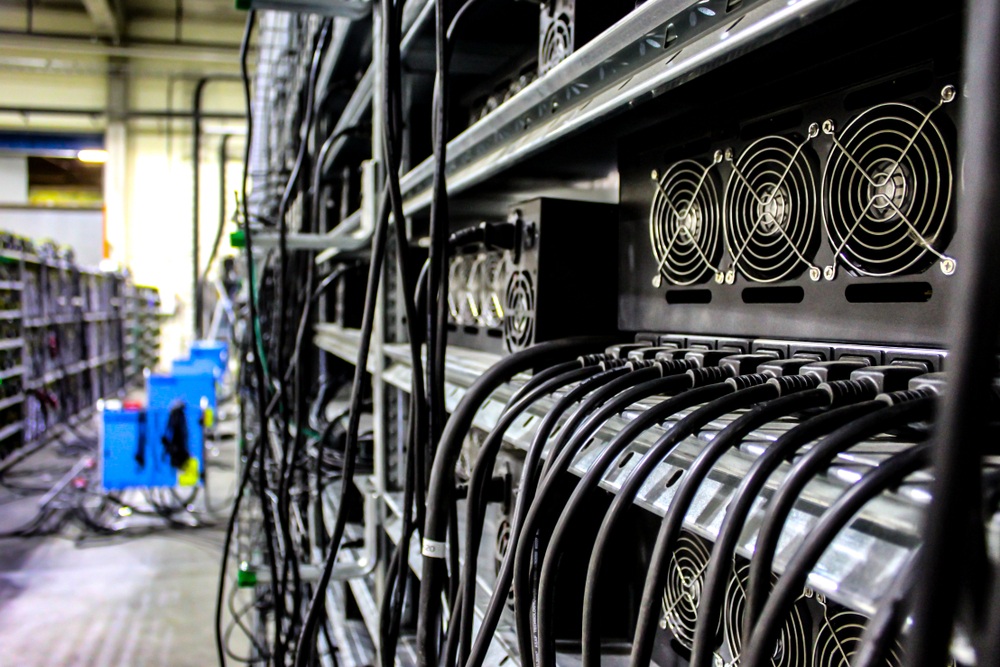
Proof-of-work is the “consensus mechanism” by which bitcoin miners compete to produce Bitcoin blocks. Their incentive to mine is to earn money through the block subsidy (bitcoin reward) and fees paid by people transacting on the network. Mining is integral to the Bitcoin network since it’s the miners who are constructing the timechain so people can send and receive payments (then nodes validate the blocks).
Bitcoin mining requires the expenditure of real-world resources.
You need to purchase miners, consume electricity, and maintain your machines to mine bitcoin. These days, it also takes business acumen to mine at scale and earn a profit. You’ve got to pay your employees, compete with other miners, and survive to mine another day.
This connection to real-world resources is how we connect the physical world to the digital world.
Recently there has been a lot of conversation around Proof-of-Work vs Proof-of-Stake as consensus mechanisms, but I don’t think we’ll be debating this in 20 years.
The idea behind Proof-of-Stake is basically that Proof-of-Work uses too much energy to mine blocks. They want to reduce the energy output by allowing node operators to “stake” a certain amount of money for the privilege of creating blocks and being awarded the fees for doing so.
One major issue with this is that the folks with the most money end up making the most money, which is basically the same system we have now. With the current system, if you currently have more money, you can buy assets and get cheap loans, so the people with loads of cash end up with more wealth. As long as you have money, you can create more money simply by letting your money sit there. Sounds familiar, right?
With Proof-of-Stake, rich people or organizations with money to become validators end up controlling the network, and are more easily able to maintain that control through their wealth. With Bitcoin’s Proof-of-Work, new miners continually arrive with an advantage since they are buying newer, more efficient machines. This means old miners can’t rest on their laurels for long, keeping competition spicy year after year.
Bitcoin miners must continue to work by exerting energy in order to produce bitcoin. The expenditure of real resources is the unforgeable costliness of creating digital money. It’s what connects the physical and digital world.
5. The Value Of Bitcoin Could Be ∞/21m
Here’s a big question – how much is a bitcoin actually worth?
If I asked you in 2012, you’d probably say $0.
In 2015, you’d probably say $10.
In 2017, you might have said between $100 and $10,000.
In 2021, it’s not crazy to estimate that a bitcoin could be worth $100,000 very soon. Funny how that keeps changing, right? Nobody knows exactly how much a bitcoin is really worth, but that’s what the world is finding out right now, and it’s why the price fluctuates so much over the short term.
There are lots of bitcoin price predictions that range from $0 up to $100,000,000. However, the most bullish, and what I think is the most likely scenario, is that the price of bitcoin continues to grow forever.
This idea stems from the concept that says money is like a battery that stores energy. Some of the earliest forms of money were basically storage of extra food and supplies that could be traded for other necessary things. The stuff which was easiest to store and sell eventually became a frequently traded intermediary.
The best example of this is salt. Salt was useful for long-term food preservation, so everyone used it. It was convenient to store, lasted a long time, and you could trade it in larger or smaller amounts. Everyone needed salt and everyone had salt, so salt became money. If you had a bumper crop and produced a bunch of extra wheat that year, rather than keep all the wheat for yourself, you’d trade it for salt, since salt could purchase a wider variety of things.
In the way that salt was a way to store your bumper crop excesses for that season, money acts as a way for us to store the excess wealth we create with our modern jobs. If you make $5,000 per month and you only use $2,000 for rent, $500 for food, and $500 for groceries, you can save $2,000 for a rainy day in the future.
Bitcoin is a new type of money that people are starting to use to store their wealth. Unlike salt or dollars, Bitcoin has a limited supply that cannot ever be changed through improved extraction techniques (think of how cheap salt is now!) or government policy (i.e. money printing).
Now let’s consider technology and human behavior
Humans as a whole are continually getting more productive. Through invention and innovation, humans are able to produce more with less effort. While in the past it took 100 men 3 months to plow a field for harvest, now a single person can do it by monitoring an AI tractor. One person can do the work of 100 people thanks to technology.
That frees up those other 99 people to produce more, invent more, innovate more, and so on. Success snowballs and life continues to get easier as we produce more with less effort. The value of what we produce as a global society is always getting more and more. We use less energy to create more stuff.
The supply of bitcoin is limited, but the potential for wealth is infinite, and that’s how we get to ∞/21m. The number of bitcoin remains the same (21m) but the value we produce as a society is will continually grow towards infinity.
Therefore, the value represented by a bitcoin will continue to go up forever as well.
I say value instead of price because what this theory kind of leaves out is that if the price of Bitcoin goes above $10,000,000, dollars will start to lose relevancy. That’s what’s called hyperinflation. Everyone in Zimbabwe is a billionaire, but the value of what several billion Zimbabwe dollars can buy you is not very much. You’d see the same thing play out with USD as bitcoin gains immense value in comparison.
There will eventually come a point where measuring things in USD becomes less relevant than measuring things in BTC, and at that point, we wouldn’t be able to track the price of Bitcoin in USD anymore. We’d start looking at the purchasing power of bitcoin as a unit of measurement instead.
6. Bitcoin Is Impossible To Stop
Once bitcoin was born, the idea became impossible to stop. It’s impossible to stop because 1) you can’t kill an idea, and 2) bitcoin is a distributed, decentralized network.
Above I already talked about how Bitcoin was a one-time invention of digital scarcity. It achieved something that had never been done before. Decentralized, hard money that can be sent in real-time over the internet is an idea you can’t kill. Just like the internet is now a part of our lives forever, bitcoin is not going to zero.
There’s too much infrastructure being built around it. It’s absorbing too much mindshare. An ever-increasing number of people have integrated Bitcoin into their lives and want to see it succeed. Too many people are willing to put up a fight for Bitcoin to see it regulated away or banned.
The cool thing is that even if it gets banned or regulated somewhere, it always exists somewhere else. Bitcoin is the hydra. Bitcoin is anti-fragile.
India and Nigeria banned holding bitcoin, but the network still existed and functioned everywhere else. China banned Bitcoin mining, and the miners simply moved their machines to another country. The US is currently passing laws that could force node operators and software developers to comply with burdensome rules, but there are still 100+ other countries where nodes and software developers don’t have to follow the rules.
To have a full-on, “Bitcoin ban”, you’d have to coordinate every single country in the world to make and create the exact same law, then implement it equally. So far, they haven’t been able to do that with corporate tax rates or climate change, so what are the chances they could do it with Bitcoin, and what would be the reason for it?
Lastly, even if somehow all the countries in the world got together and banned Bitcoin, Bitcoiners are a bunch tech-savvy honey badgers. There’d be at least a few who would keep the network alive, even under threat of violence from the state.

Can You Ever Fully Understand Bitcoin?
Bitcoin can be intimidating because it’s so complex. Is it worth even trying to understand, or are you stuck on the outside? Personally, I look at understanding bitcoin on a spectrum.
The thing is, Bitcoin has become so complex and diverse, that it’s impossible for everyone to understand everything. Someone who’s working on integrating lightning into online gaming isn’t going to be able to build a repair a bitcoin miner out in the Texas oil fields. Someone launching a bitcoin investment fund isn’t going to know how to build an open-source wallet. Someone reviewing and merging code into Bitcoin core might not even hold a lot of Bitcoin!
Everyone comes into Bitcoin at a different point in their life, for a different reason. Each person needs to understand a different range of knowledge to get a specific task done, and they may enjoy learning about something else.
It takes time to grok these things, and you may only have an hour or two per day to read articles, listen to podcasts, or tinker with tech.
On top of that, Bitcoin is always changing.
It’s impossible to know everything about Bitcoin.
I try to look at it like a car. Most people can drive, and probably go their whole life without really thinking about it. When you hop into your car, do you know everything about the engine right down to the origin of the metal alloy used to construct the engine block? Do you know the entire history of cars, or think about the future of motor vehicles? Probably not.
You may know some basics, or you may know a lot, but you don’t know everything. Even a hot-shot mechanic would struggle to build a car from scratch, and that’s his full-time job!
Cars work though. People enjoy them. There are experts who work on minute details like the specific sound a door makes when it closes, or how to make an engine more efficient. There are folks working on making tires out of new materials, or how many layers of paint it takes to get a new type of blue.
Bitcoin is the same. Everyone picks their own area of interest, and how deep down the rabbit hole they want to go.
Of course, money is involved now, so it pays to be smart about Bitcoin. Knowing how it works means you can store and transact safely and confidently. It definitely helps to know more than “just enough”. The more I learn about Bitcoin, the more comfortable I am using it as a savings vehicle. The more I understand about Bitcoin, the harder I find it to justify storing my wealth anywhere else.
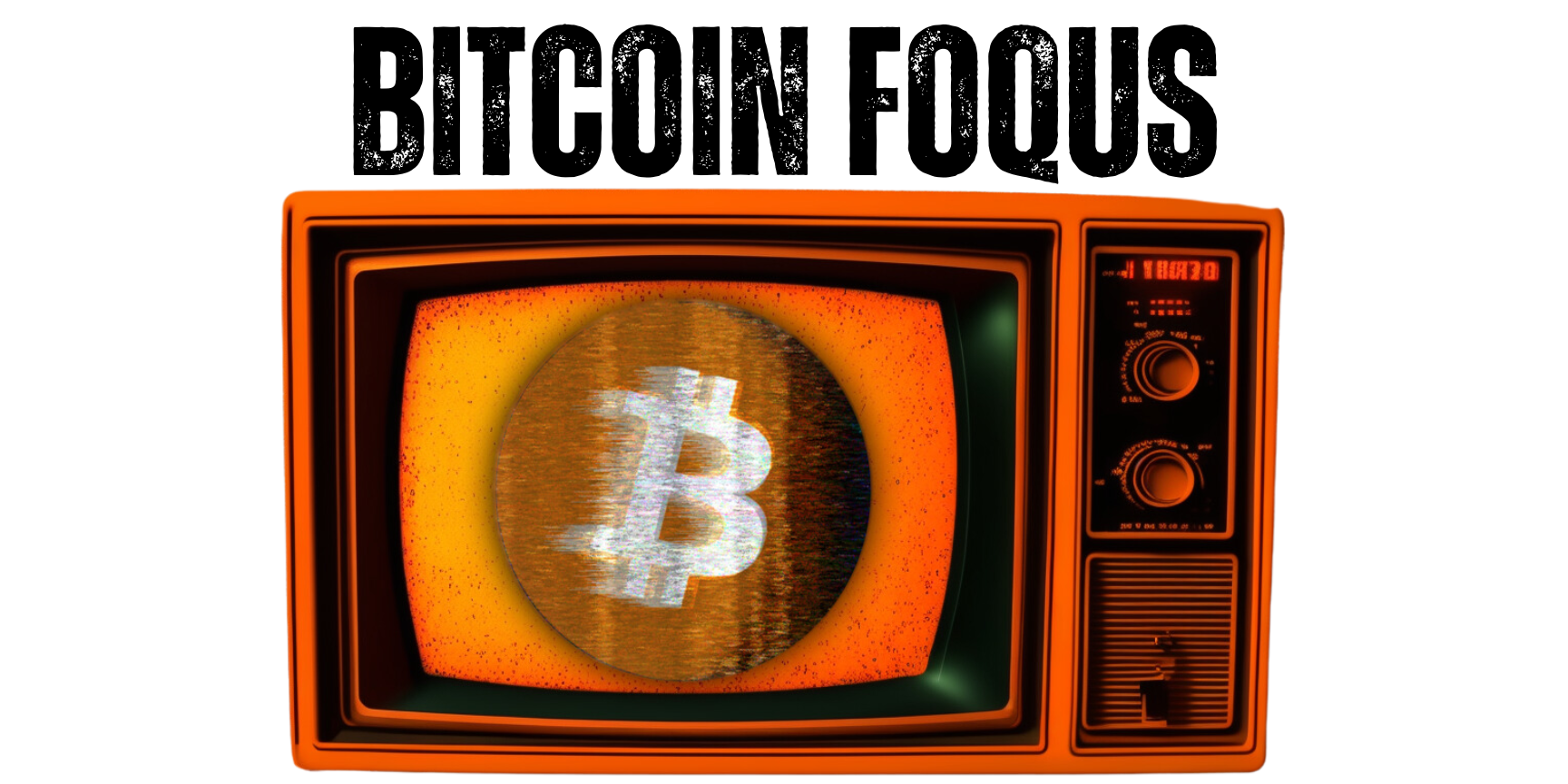
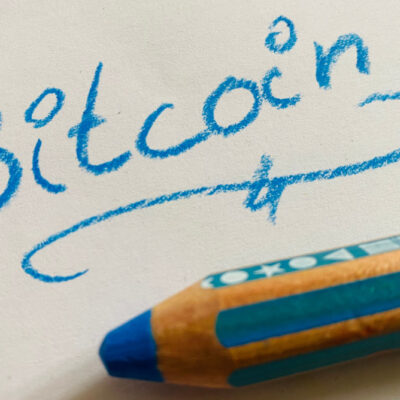
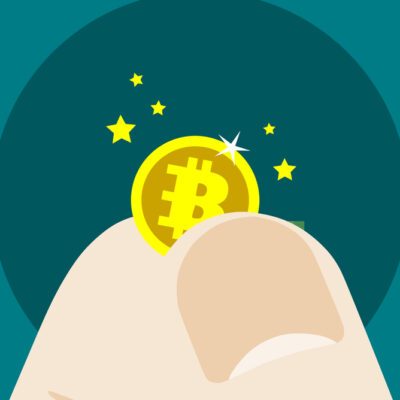
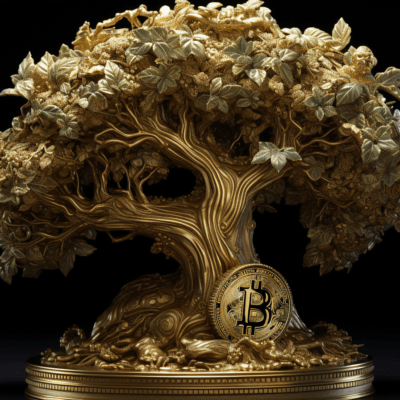
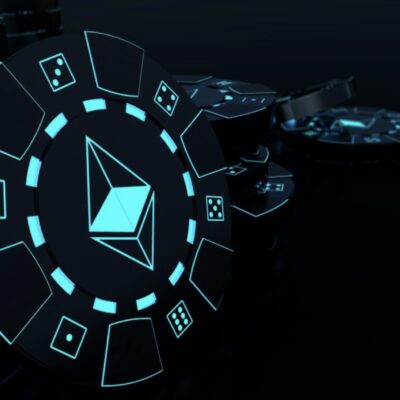


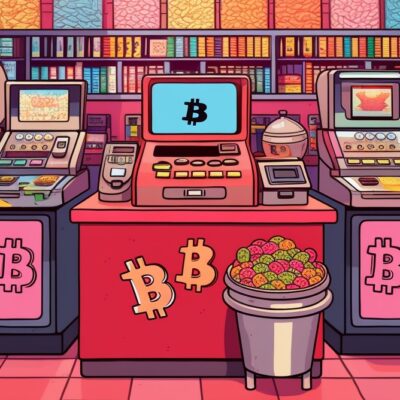
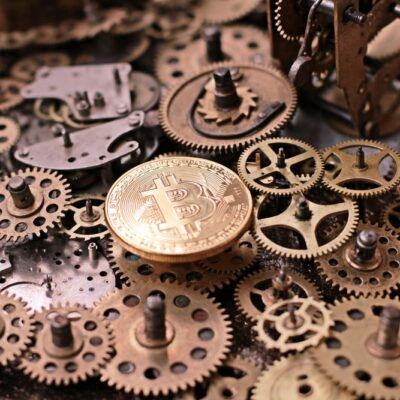



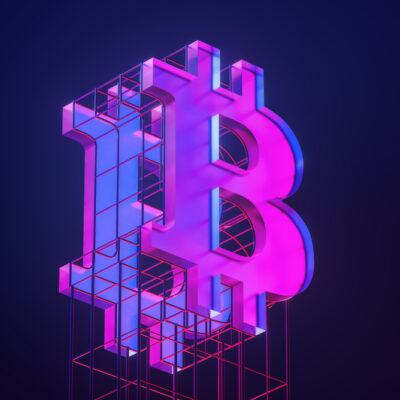


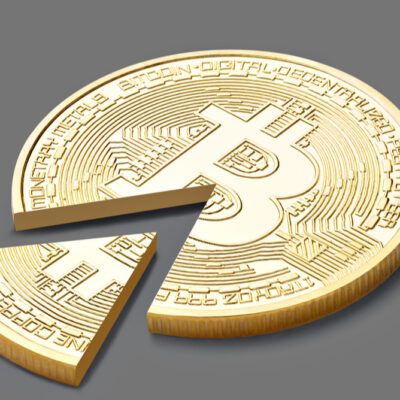
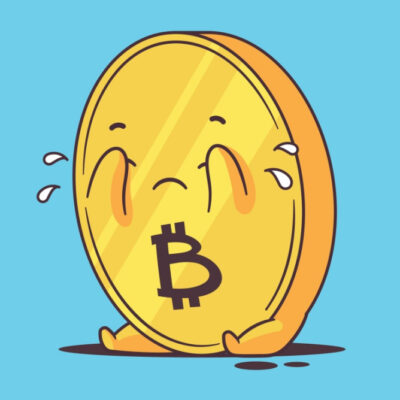
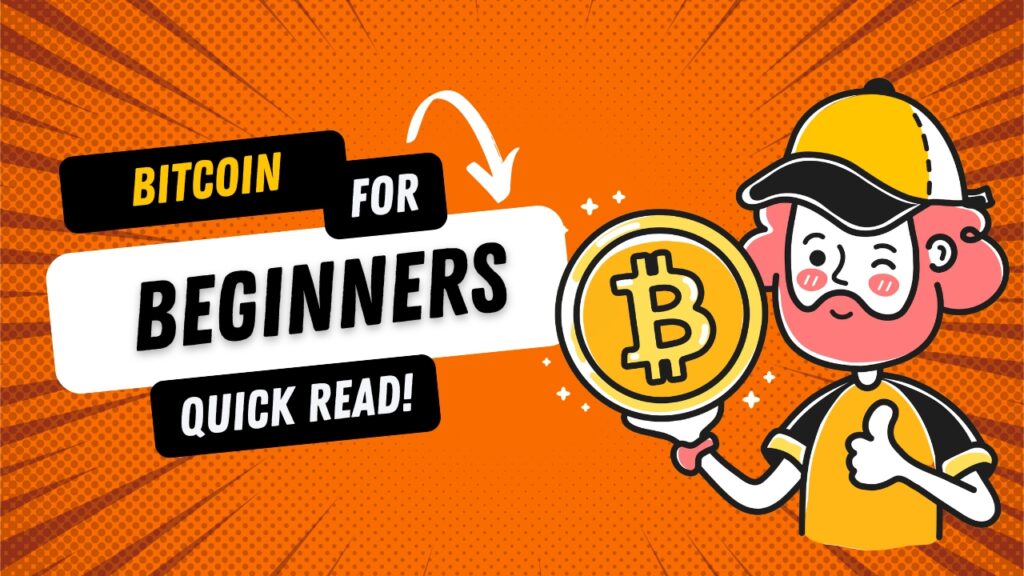
 Bitcoin Time Machine Regret And Finding The Next Bitcoin
Bitcoin Time Machine Regret And Finding The Next Bitcoin
Leave a Reply